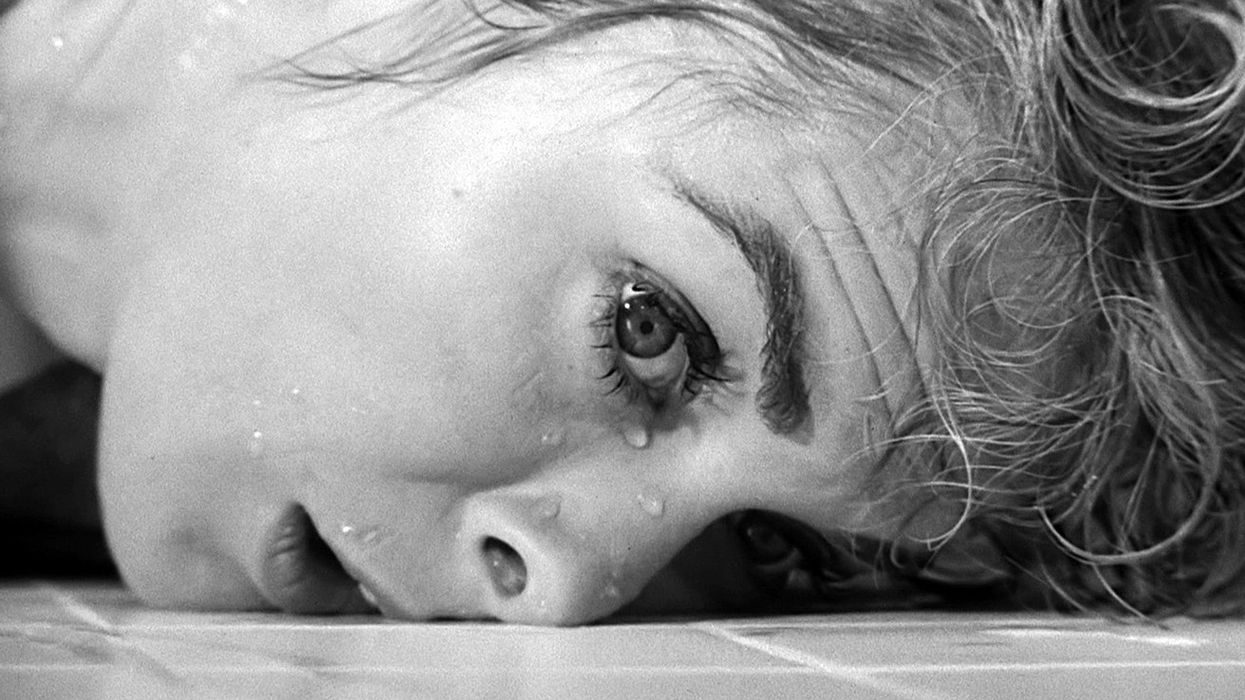Watch: Exploring the Power of the Match Cut
Find out how you can tell more dynamic stories with this slick editing technique.

Today is Father's Day, and what better way to celebrate it than to recognize one of the major contributions of the Soviet daddies of modern editing. I mean, we all know it's not the most glamorous job on a film production, but it is one of the most important. In fact, according to Soviet filmmakers in the 1920s, films are not made on the chaotic stages of a busy set, but in the quiet stillness of an editing room. It makes sense, though, because you can change the meaning of an entire scene simply by rearranging a couple of shots on a timeline. You can even alter how an audience perceives an actor's performance by replacing one shot for another.
There is great, great power in editing, and in this video by Fandor, we get to see just how powerful it can be when you employ widely used editing techniques like the match cut and the graphic match.
We owe a lot to Soviet filmmakers. Before they came along, editing was really only considered a device with which to shorten time and form a logical progression of shots. Continuity editing, as it was later dubbed, was the faithful servant to its master, the narrative.
In the 1920s however, directors like Sergei Eisenstein, Lev Kuleshov, Dziga Vertov, and Vsevolod Pudovkin turned all of this on its head when they developed the montage theory of editing, which essentially states that editing, not the narrative, gives films their meaning.
There are many different theories of montage that came out of this Soviet film movement, including the "Kuleshov Effect," Pudovkin's "building blocks," and Eisenstein's "methods" of montage, and I highly suggest you take the time to research them more in depth.
Source: Fandor











